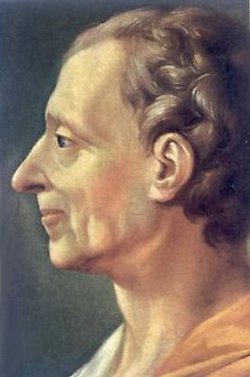Since History has been clouding my mind, might as well write about it. My latest interest is King Henry VIII. If you have no clue who he is whatsoever, King Henry VIII is known for being the Head of the Church, having a total of six wives, and had the future Mary I of England ; Henry Fitzroy, 1st Duke of Richmond and Somerset; Elizabeth of England; and Edward IV of England. But how was he known for all of these?
Henry VIII was born in Greenwich Palace. He was the sixth child of Henry VII and Elizabeth of York. Out of all the six children, only three survived through infancy. They were Arthur, Prince of Wales; Margaret; and Mary. In 1493, at the age of two, Henry was appointed Constable of Dover Castle and Lord Warden of the Cinque Ports. In 1494, he was created Duke of York. It was expected that the throne would pass to Prince Arthur, Henry's older brother, while Henry was prepared for a life in the church.
In 1502, Arthur died aged 15. Henry VII renewed his efforts to an alliance between England and Spain, by offering Henry, Prince of Wales, in marriage to Prince Arthur's widow, Catherine of Aragon, the youngest surviving child of King Ferdinand II of Aragon and Queen Isabella I of Castile. In order for the new Prince of Wales to marry his brother's widow, it was necessary for a papal dispensation from the Pope was normally required to overrule the impediment of affinity because as told in the book of Leviticus . Catherine swore that her marriage to Prince Arthur had not been consummated.
Due to the impatience of Catherine's mother, Queen Isabella I, influenced Pope Julius II to grant release in the form of a Papel bull. So, 14 months after her young husband's death, Catherine was betrothed to his younger brother, Henry. By 1505, Henry VII lost interest in a Spanish alliance and the younger Henry declared that his betrothal had been arranged without his consent. However, only 17 years old, Henry married Catherine on June 11, 1509 and 13 days later, the two were crowned at Westminster Abbey.
To Be Continued…

